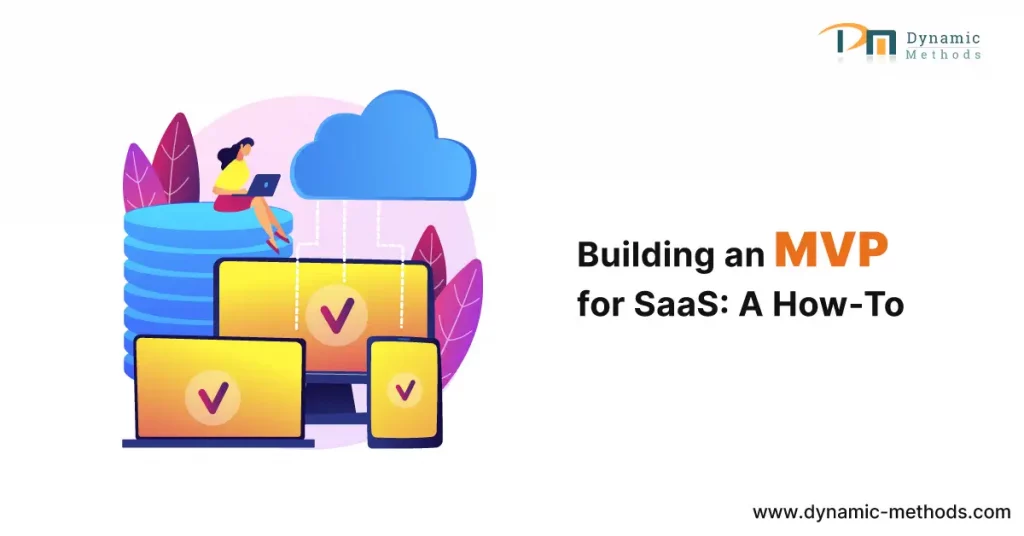
In the ever-evolving digital landscape filled with innovative solutions and groundbreaking concepts, establishing a strong foothold in the SaaS (Software as a Service) industry is crucial. To stand out from the sea of competitors, building a compelling Minimum Viable Product (MVP) for your SaaS solution acts as your springboard into the market.
Get ready to embark on a transformative journey as we provide you with a roadmap that leads to success in MVP development for SaaS.
Building a Minimum Viable Product (MVP) for SaaS: A Step-by-Step Guide
Understanding the concept of an MVP and mastering the art of building one for your SaaS solution is akin to finding the magic potion for achieving business success. An MVP represents a streamlined version of your product, specifically tailored to deliver the core value proposition to your early adopters.
Step 1: Conduct Thorough Market Research
Take a deep dive into the market and gain a comprehensive understanding of the needs, wants, and pain points of your target audience. Embrace your inner Sherlock Holmes and thoroughly investigate your competition. Identify what they’re doing right and where they’re falling short.
Step 2: Identify the Problem
Armed with valuable insights, it’s time to pinpoint the problem your SaaS solution aims to solve. Ensure that the problem is genuine, widespread, and not entirely resolved by existing solutions.
Step 3: Define Your Unique Value Proposition
In a sea of similar offerings, differentiation is key. What sets your solution apart? Your value proposition acts as your calling card—it’s what compels customers to choose you over your competitors.
Step 4: Sketch Out the MVP Features
Create a comprehensive list of features for your MVP. Remember, an MVP is not a stripped-down, featureless skeleton. It’s a functional product that effectively solves the identified problem while offering a unique value proposition.
Step 5: Build the MVP
It’s time to kick things into high gear and start building. Focus on speed without compromising on quality. Adopt lean methodologies and embrace iterative development strategies to maintain a swift pace.
Step 6: Test and Gather User Feedback
Testing is an indispensable step in the MVP process. Be attentive to user feedback as it provides invaluable insights for nipping issues in the bud and improving the product for future iterations.
Step 7: Iteration and Continuous Improvement
Leverage the feedback you receive, iterate, and strive for continuous improvement. Embrace the mantra of “lather, rinse, repeat” as you refine your MVP and enhance its value proposition.
The Importance of MVP for SaaS Startups
An MVP empowers you to test your hypotheses, gauge market receptiveness, and identify opportunities for improvement before making a full-scale investment. It’s like obtaining a sneak peek into the future, thereby reducing the risks associated with a product launch.
1. Advantages of Building an MVP
- 1. Reduced Time to Market: Launch your product quickly, gaining a competitive edge.
- 2. Lowered Risk: Identify and address potential issues early on, minimizing risks.
- 3. Enhanced User Involvement: Engage users from the start and incorporate their feedback for a user-centric approach.
- 4. Market Validation: Validate your product idea and ensure market fit.
- 5. Investor Appeal: Attract investors by demonstrating the viability and potential of your solution.
2. Disadvantages of Ignoring MVP
- 1. Increased Risk of Failure: Skipping the MVP phase heightens the chances of failure.
- 2. Missed Feedback Opportunities: Neglecting user feedback leads to missed opportunities for improvement.
- 3. Higher Initial Investment: Without validating your product, you risk a larger, untested investment.
- 4. Longer Development Time: Building a full-scale product without an MVP extends the development timeline.
- 5. Less User-Centric Approach: Ignoring the early involvement of users can result in a product that doesn't meet their needs effectively.
Pitfalls to Avoid when Building an MVP
Building an MVP can be akin to walking a tightrope, as potential pitfalls lurk at every step. Shedding light on these pitfalls will help you navigate the journey with confidence. Here are some common pitfalls and tips to sidestep them.
1. Misunderstanding the Concept of MVP
The most prevalent pitfall is misunderstanding the true essence of an MVP. It is not an incomplete, featureless product. Instead, it represents a version of your product with enough features to attract early adopters and validate your product hypothesis.
2. Ignoring Market Research
Skipping market research is equivalent to shooting in the dark. Without a deep understanding of your target audience and the competitive landscape, your MVP stands little chance of hitting the bullseye.
3. Not Collecting and Acting on Feedback
MVPs thrive on feedback. Neglecting this invaluable input is akin to throwing away the key to your product’s success. Actively collect feedback, analyze it, and use it to refine your product.
Case Studies: Successful MVPs in the SaaS Industry
Many successful SaaS companies, such as Dropbox and Airbnb, have embarked on their journeys with an MVP. Let’s examine their paths to success and derive actionable insights.
Dropbox: The Power of a Simple Video
Dropbox’s MVP consisted of a simple explanatory video showcasing the core functionality of their solution. This approach led to a surge in beta signups, validating the product-market fit.
Airbnb: From Renting Mattresses to a Billion-Dollar Business
Airbnb’s MVP was a basic website offering short-term living quarters. The immediate response from users validated their unique value proposition, which paved the way for subsequent improvements and eventual success.
Conclusion
In the dynamic world of SaaS startups, building a Minimum Viable Product (MVP) is no longer a choice—it is a necessity. An MVP serves as the litmus test for your product idea and offers a reliable pathway to attract early adopters and investors.
By following this step-by-step guide, you can successfully navigate the MVP building journey and establish a solid foundation for your SaaS solution.
Are you ready to revolutionize the SaaS industry with your own captivating MVP? Start your journey to success today! Dynamic Methods has a staff of skilled product development developers. Share your thoughts, questions, and experiences in the comments below.
Get in touch with us and Don’t forget to hit the like button if you found this guide helpful. And if you know someone who could benefit from this valuable resource, share it with them. Together, let’s build remarkable SaaS solutions that leave a lasting impact.
FAQs
1. What is an MVP in SaaS?
An MVP in SaaS refers to a minimum viable product—a version of the product with just enough features to satisfy early customers and provide feedback for future product development.
2. Why is an MVP important for SaaS startups?
An MVP enables SaaS startups to validate their product idea, reduce risks, gather user feedback, attract investors, and accelerate time to market.
3. What are some pitfalls to avoid when building an MVP for SaaS?
Common pitfalls to avoid when building an MVP for SaaS include misunderstanding the concept of MVP, skipping market research, and failing to collect or act on user feedback.
4. How do you decide on the features for a SaaS MVP?
The features for a SaaS MVP should align with the core value proposition and effectively solve the problem identified for the target audience.
5. How do you build an MVP for SaaS?
To build an MVP for SaaS, follow these steps: conduct market research, identify the problem, define the value proposition, sketch out MVP features, build the MVP, test and gather feedback, and continuously iterate and improve.
6.What are some successful MVP examples in the SaaS industry?
Dropbox and Airbnb are prime examples of successful MVPs in the SaaS industry.




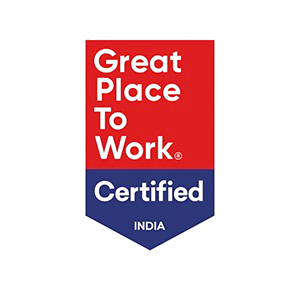


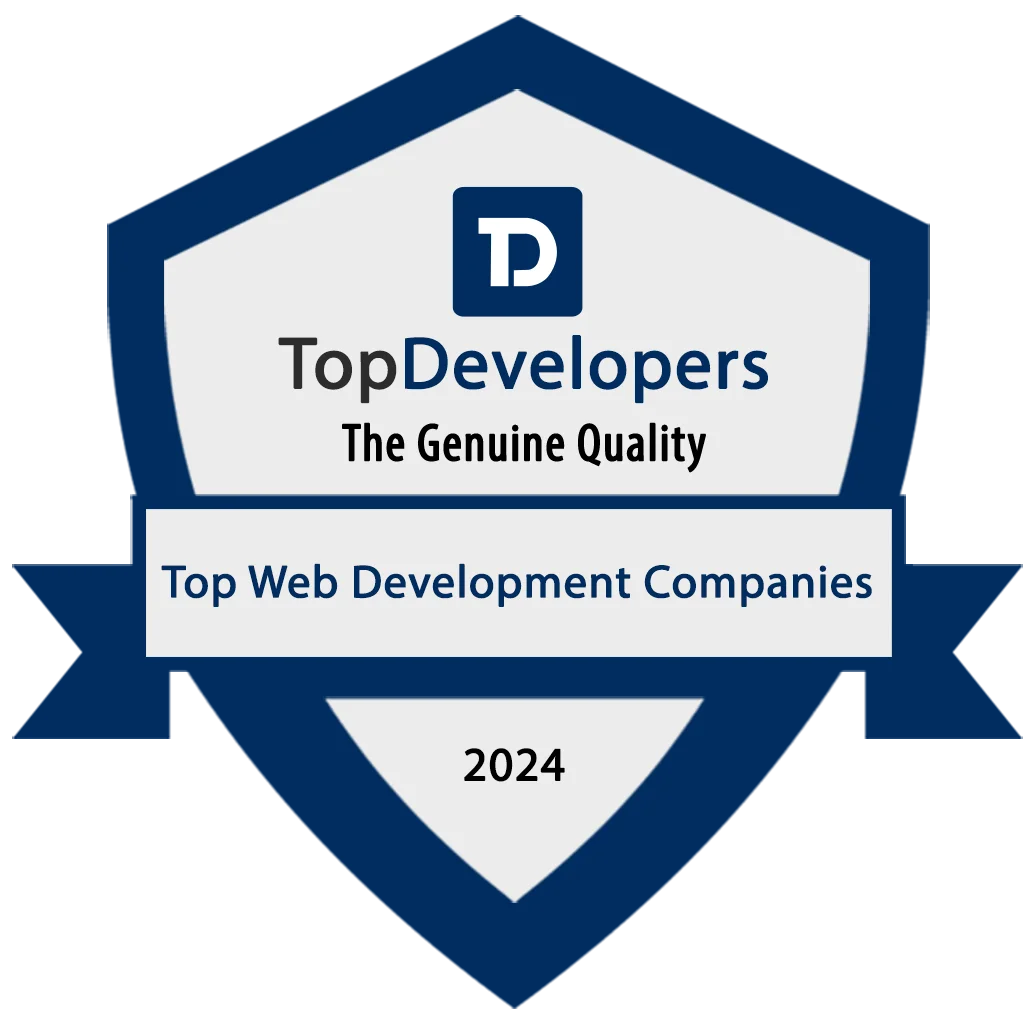
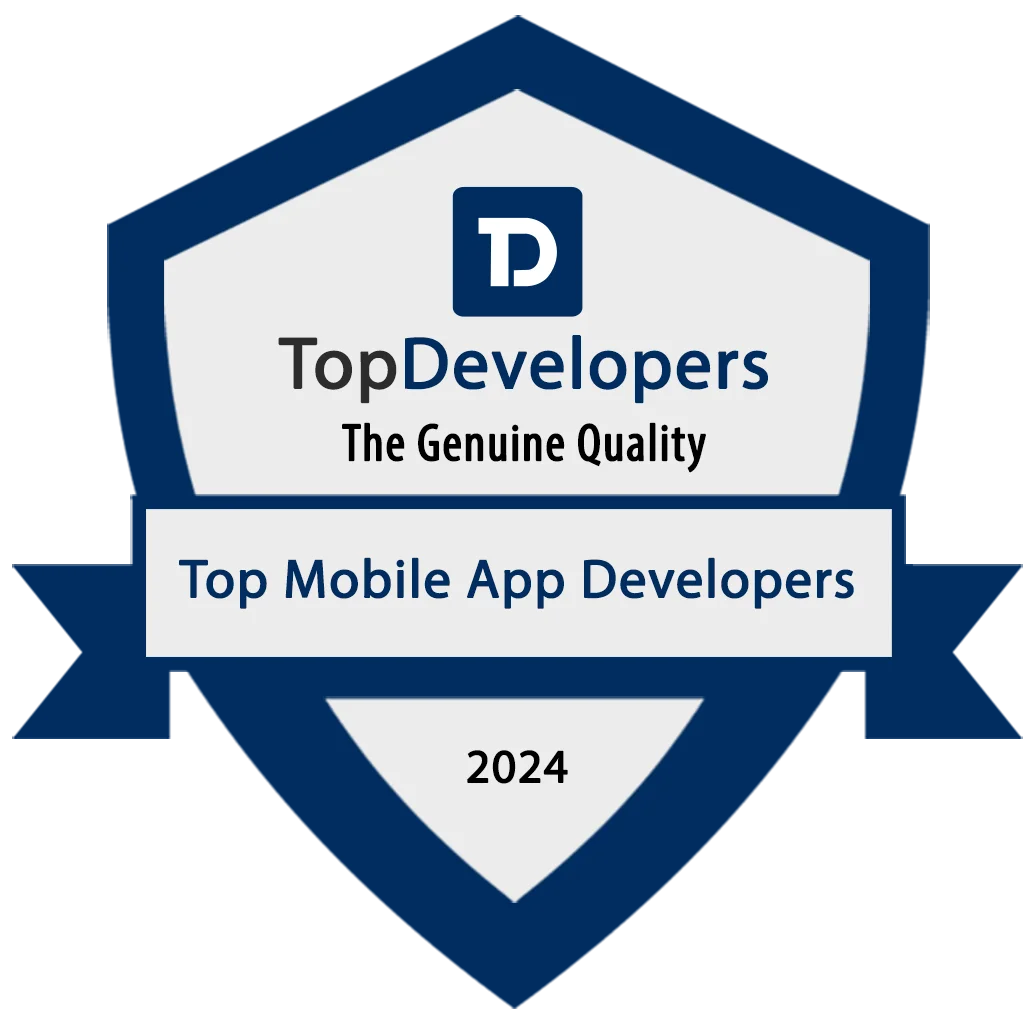




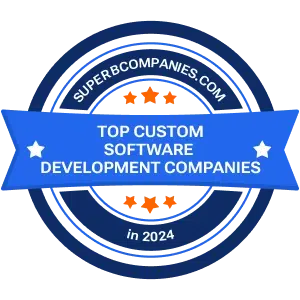






Thank you for your sharing. I am worried that I lack creative ideas. It is your article that makes me full of hope. Thank you. But, I have a question, can you help me?
I appreciate the humor! If you have any specific questions or need clarification on any point in the article, feel free to share your doubts. I’m here to help clarify things for you. What would you like to know more about?
Your point of view caught my eye and was very interesting. Thanks. I have a question for you.
I’m glad you found the perspective interesting! Please feel free to ask your question, and I’ll do my best to provide a helpful answer.
I don’t think the title of your article matches the content lol. Just kidding, mainly because I had some doubts after reading the article.
Thank you for your feedback! If you have any specific doubts or questions about the article, please let me know, and I’ll be happy to clarify and provide more detailed information.
I don’t think the title of your article matches the content lol. Just kidding, mainly because I had some doubts after reading the article.
Thanks for the feedback! If you have any specific doubts or questions about the article, please let me know, and I’ll be happy to clarify.
I don’t think the title of your article matches the content lol. Just kidding, mainly because I had some doubts after reading the article.
Thanks for sharing. I read many of your blog posts, cool, your blog is very good.
Thank you! I’m happy to hear you’re enjoying the blog.
Thanks for sharing. I read many of your blog posts, cool, your blog is very good.
Thank you! I’m glad you enjoy reading the blog and find it valuable. 😊